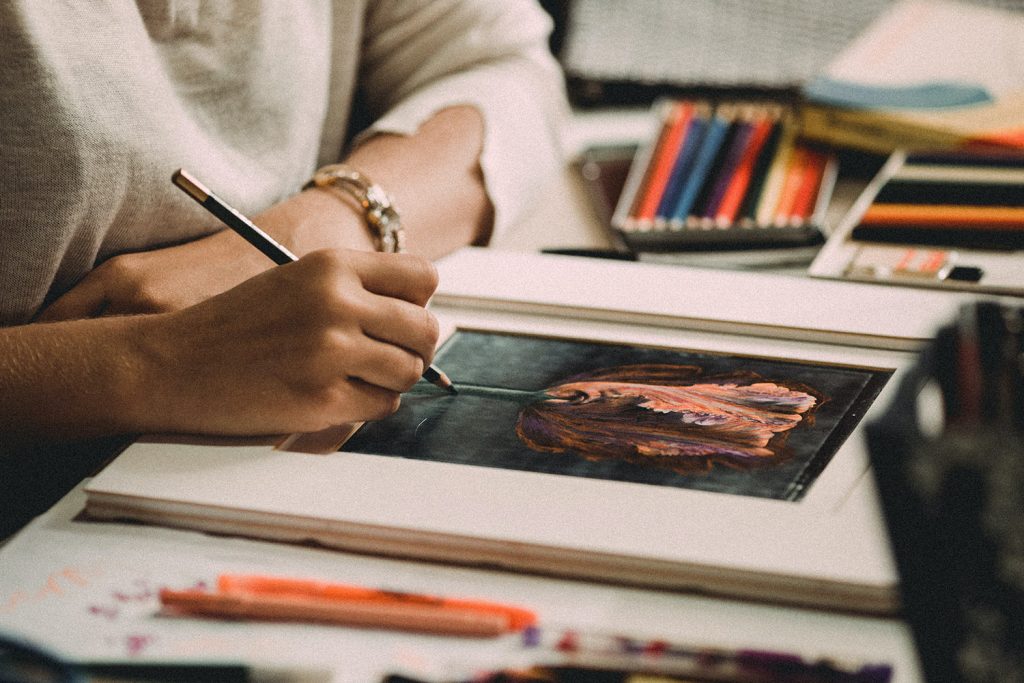From 1948 to the early years of the 90s, the South African government imposed a system known as Apartheid. This system of racial division and systemic prejudice banned marriages between different races, demarcated more than 80% of valuable land for the exclusive use of white citizens, and segregated public amenities and schools based on race. Public repulsion towards these policies materialized through strikes, protests and violent demonstrations. High-profile personalities such as Desmond Tutu and Nelson Mandela played essential roles in negotiations that sought to topple this regime. On the other hand, less famous individuals like Ernest Cole (1940-1990) took a different approach by using photography as a tool to highlight the everyday atrocities of the Apartheid era to a global audience.

The artist, born in Pretoria, now features prominently in Ernest Cole: House of Bondage, a comprehensive retrospective hosted at FOAM in Amsterdam, Netherlands. Marcel Feil, the museum’s artistic director, describes the exhibit as “a compelling denunciation of the injustices of that era.” Cole, one of the initial black independent photographers, commenced his project of recording the grim realities of life for black South Africans in the early 1960s. His undercover camera captured everyday instances of prejudice: a man’s personal belongings being inspected by white officers, lines of migrants queued to be registered for mining work, and young individuals overcrowding a train carriage, with many clinging to the outside. These photographs are infused with an atmosphere of resistance and determination despite tremendous oppression.
In 2017, over 60,000 negatives and contact sheets, previously believed to be lost, were unearthed from the safety deposit boxes of a Swedish bank. FOAM’s exhibit showcases these images alongside Cole’s well-known works, casting new light on the photographer’s impactful career. The title of the exhibition takes after his most acclaimed work, a photobook named House of Bondage, initially published in 1967 after Cole had fled South Africa for New York a year prior. This photo-essay played a substantial role in directing international awareness towards the oppressive regime. “My personal attitude was committed to exposing the evils of South Africa,” Cole commented about his portrayal of black life in South Africa in House of Bondage. Despite the banning of the book in South Africa, each image serves as both a haunting depiction of black existence during Apartheid and a testament to the endurance and fortitude of the human spirit in the face of gross unfairness.

Even today, Cole’s influence is palpable. A new generation of photographers persistently chronicles the experiences of Black South Africans with novel viewpoints. Zanele Muholi (b. 1972) is exemplary of this; their portraits document Black LGBTQIA+ experiences in South Africa. The same desire to challenge prevailing narratives and amplify the voices of their community shines through their work. Ernest Cole: House of Bondage offers fresh perspectives and renewed appreciation for Cole’s pivotal role in photojournalism.
foam.org | Exhibition continues until 14 June
Article by: Megan Jones
Image Credits:
- Ernest Cole, South Africa, 1960s © Ernest Cole / Magnum Photos.
- Ernest Cole, South Africa, 1960s © Ernest Cole / Magnum Photos.
- Ernest Cole, New York City, USA, 1971 © Ernest Cole / Magnum Photos.




